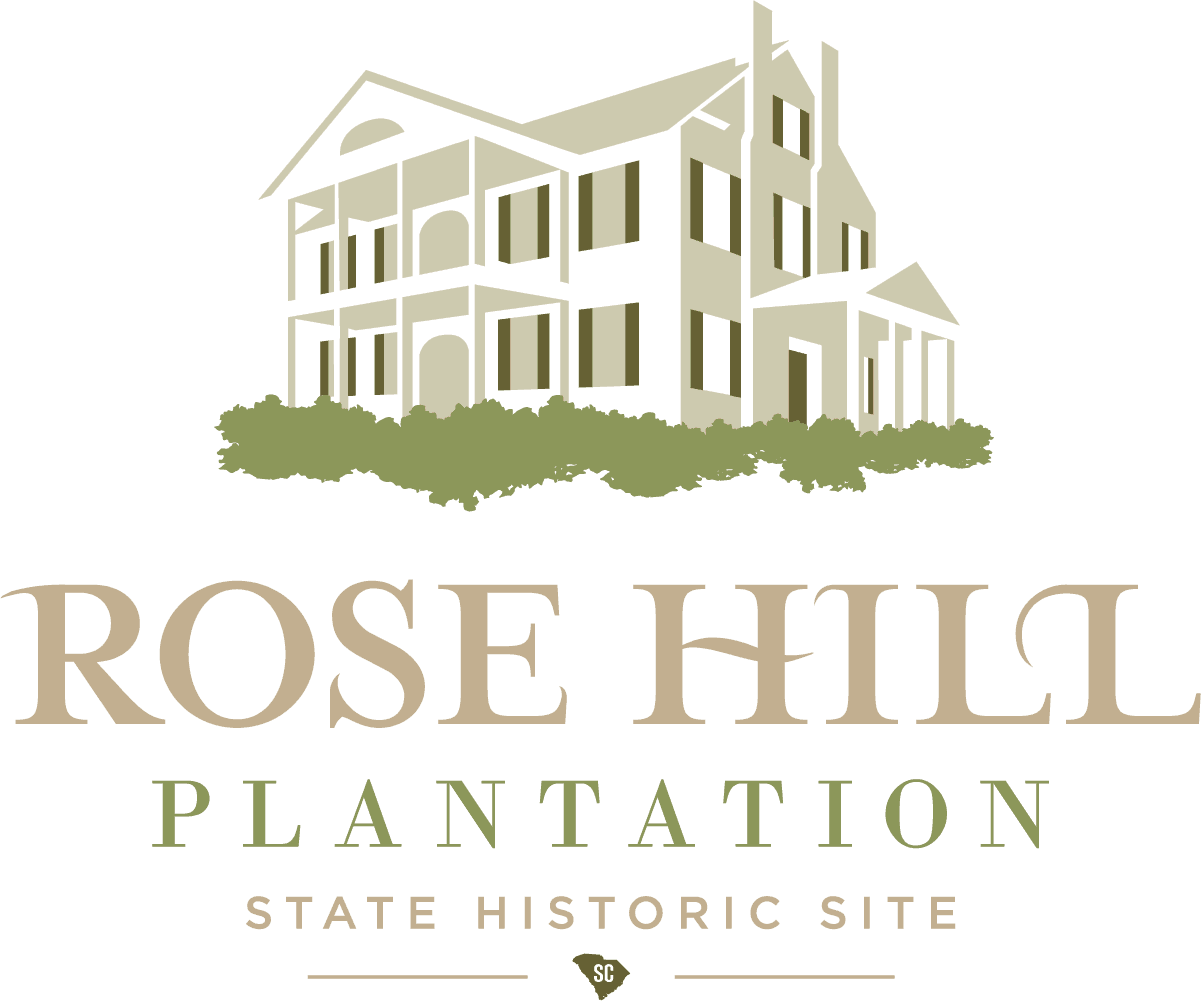How large was Rose Hill Plantation?
Estimates put the size of Rose Hill around 2,000 acres in 1860. As many as 178 people may have been enslaved here at once by the Gists.
Does the park service own the entire plantation?
No, the park is only the 44 acres immediately surrounding the Gist mansion. However, the remaining acreage is part of the Sumter National Forest and as such is also protected for future generations.
What were the plantation's primary products?
Enslaved fieldhands and laborers raised mainly cotton and corn at Rose Hill. By 1860, they produced nearly 300 bales of cotton and 4,000 bushels of corn, annually. Early in the plantation’s history, oats also appear to have been a major crop.
Does Rose Hill have “slave quarters” on the site?
The location of ‘slave quarters’ remains unknown, but we are searching for answers. In 1860, there were up to 20 structures at Rose Hill where as many as 178 enslaved people lived. The site does contain a post-emancipation tenant house, as well as the ruins of other houses where descendants of former slaves lived as tenant farmers in the early 1900s.
How has the mansion survived for so long?
Gist family members lived in the mansion from about 1811 to 1889. It remained untouched during the Civil War as there were no battles, retreating armies, military quarters or skirmishes in the area. From the 1890s to the 1930s, the mansion deteriorated significantly. In the 1940s, it was purchased and restored by Clyde Franks, who sold it to the state in 1960.
May I rent the grounds of Rose Hill for an event?
Yes, the grounds at Rose Hill Plantation may be rented for events. Please review our regulations for rental of the grounds for pricing and other information.
What are your metal detection guidelines for State Parks and State Park properties?
Click here for a printable version of our guidelines concerning metal detector use on state parks and state park properties.
Where is the park’s Ultimate Outsider stamp located?
Our Ultimate Outsider stamp is located at the park kiosk near the parking area.
For more general, statewide frequently asked questions, please click here.













